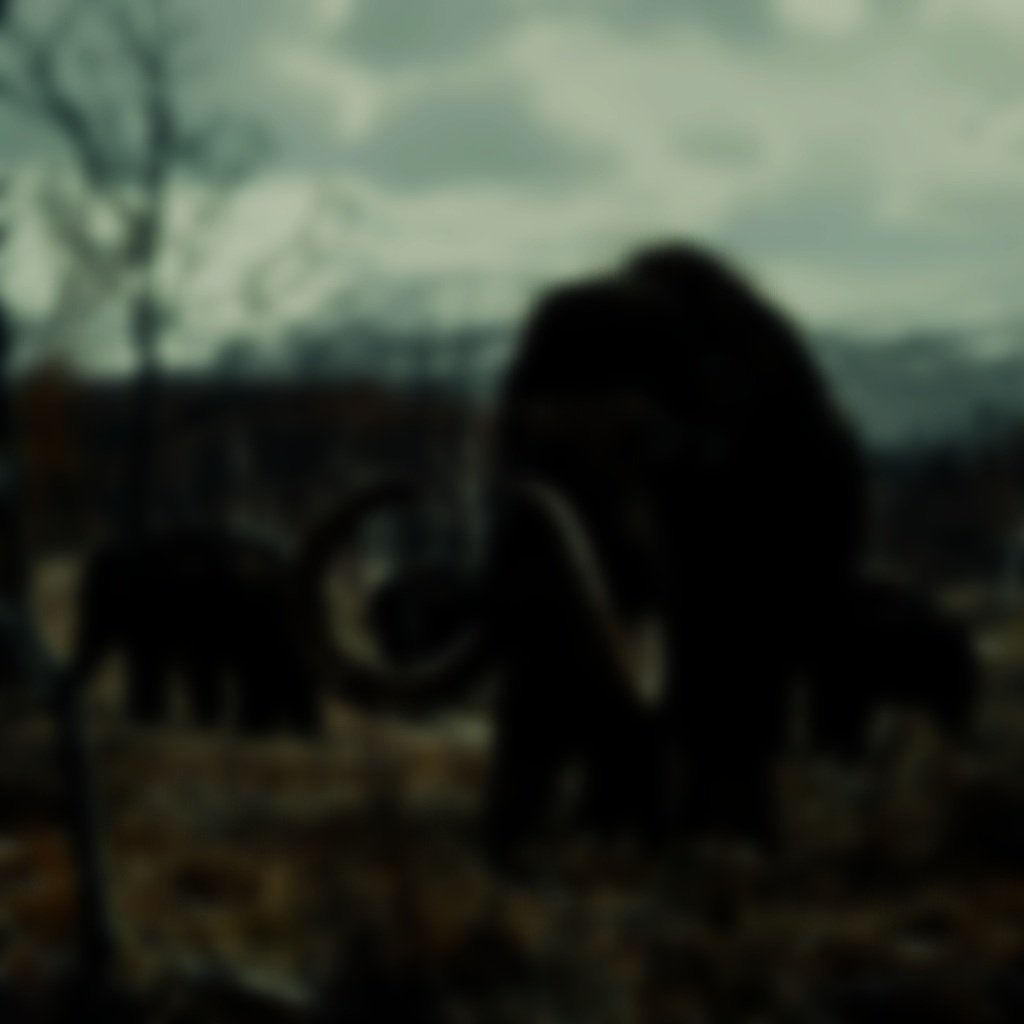
The MAMMOTH Problem During The Early 21st Century
THE WORLD HAS SUFFERED COUNTLESS extinction events in its three and half billion years of organic life. In what is known as the Younger Dryas era (circa. 12,900 to 11,700 years ago), woolly mammoths roamed the plains and comfortable tundra on most of the continents until an estimated half-mile wide meteor slammed into the upper glacial sheet covering modern-day Greenland—nearly ending the human race along with thousands of other species.
All in all, estimates place the total casualties around ten billion organisms wiped from the food chain, causing a devastating domino effect that took four millenia to correct, through both natural and human intervention. One such casualty included the bulk of woolly mammoths grazing on the land of North America and upper Eurasia. Thousands were killed almost instantly from intense heat and the resulting tsunamis, wind storms, and blotting out of the sun in the Northern Hemisphere for years at a time. The survivors did what survivors do, forage what they can, hide, resume the next hellish day. Eventually, the woolly mammoth was no more, with the last remnants hidden away on an island on the coast of the Chuckchi Sea in Russian— Wrangel Island. Eventually, these last members of the species dwindled to extinction around five hundred years before the present day.
The mammoths were gone.
But Dr. Teresa Milby had a grand plan.

THE SACRED hollow is in danger…
A curse has fallen upon the stronghold of Mendac witches in colonial North America.
The leaders conduct a time-sensitive mission to stop the curse from spreading into a corruptive force that holds no mercy for magical being and mortal alike…
Click the NERVOUS WITCH gif to read more!
Conservation efforts hit a milestone in the year 2010– in a small upstart lab in New York state, called LYUBA (in honor of a woolly mammoth specimen found flash frozen and near-perfectly preserved in the ground for more than forty-thousand years). LYUBA successfully created the first fully functional artificial womb to be used for the next iteration of the program, with seven fetuses being implanted in female elephants in a controlled lab in Montana. Four of the fetuses survived to viable growth, with one being stillborn after an oxygen issue with the carrier, and the woolly mammoth species was revived after eons of death.
Milby and six members of LYUBA began excavation work on Wrangel Island in 2011, following a landmark research grant to walk on the island, a rare visit for humans due to the island’s intense conversation status. Dr. Milby hypothesized that somewhere below the tundra earth were several wooly mammoth specimens fresh enough to extract adequate DNA samples for her cloning efforts.
In fall of 2011, they discovered their first viable specimen, a twenty-month old male mammoth nicknamed


